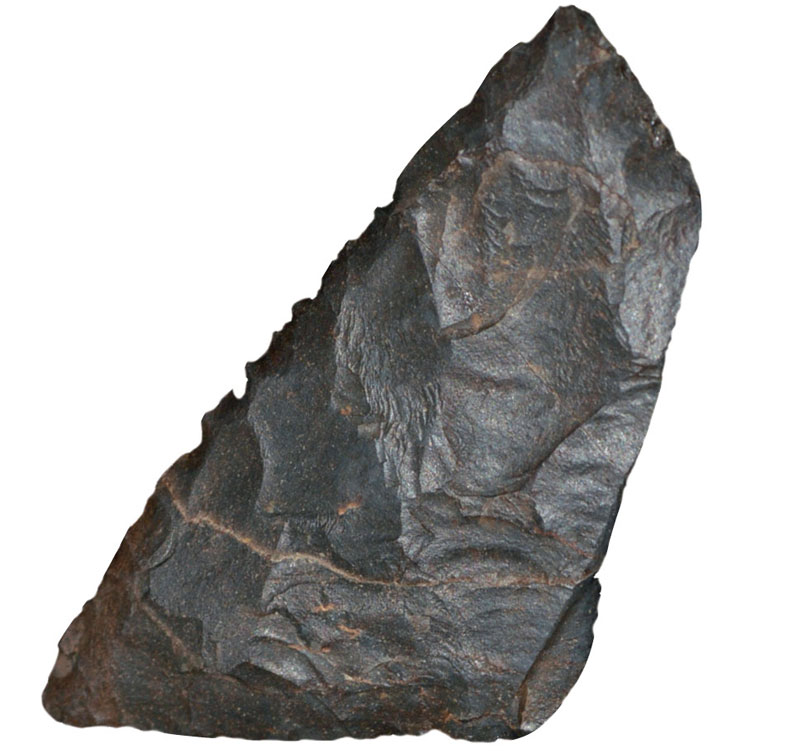
Maria Jacqueline Rodet / UFMG
Everyday tools used by inhabitants of the Pedra Pintada caveMaria Jacqueline Rodet / UFMGScientists from the Federal University of Minas Gerais (UFMG), the Emílio Goeldi Museum of Pará (MPEG), and the Federal University of Western Pará (UFOP) examined the production methods of lithic instruments from 3,174 artifacts collected in the Pedra Pintada cave in Monte Alegre, Pará. Aged between 12,000 and 9,000 years old, the pieces were collected in 2014 by a team led by MPEG archaeologist Edithe Pereira. The objects were made of flint, volcanic rock, sandstone, or quartz: “high-quality raw materials, which means that people knew where to find them,” said UFMG archaeologist Maria Jacqueline Rodet, lead author of the study. The rocks were knapped with wood, bones, or deer antlers. “The large number of pieces without mistakes was impressive, indicating that whoever made them used a highly controlled knapping technique,” she adds. The artifacts may have been projectile points or knives, used for hunting or cutting (Latin American Antiquity, July 10).
Republish